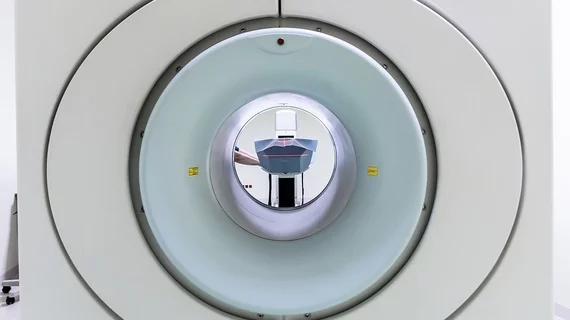Researchers at Oregon Health and Science University are using MRI to map patients’ “functional fingerprints,” or the connectomes that make their brains unique, Wired reported this week.
Unlike traditional methods of mapping the functional connectome, which focus on two brain regions at a time and use MRI data “to correlate how the activity of each changes in relation to the other,” according to Wired, the new approach considers those pairs of regions independently of the rest of the brain and takes into account each pair of correlations simultaneously. The method allows scientists to estimate a brain’s maturity.
“I could take a fingerprint from my five-year-old, and I’d still be able to know that fingerprint is hers when she’s 25,” Damien Fair, an associate professor at the university and head of the project, said.
Fair and his colleagues need just two and a half minutes of high-quality MRI data to generate the model for any given patient, he said. That information can then be used to map the functional connectome and predict brain age and the activity of a single brain region based on signals coming from all the regions in connection with each other.
Learn more about Fair’s project by visiting Wired at this link:

